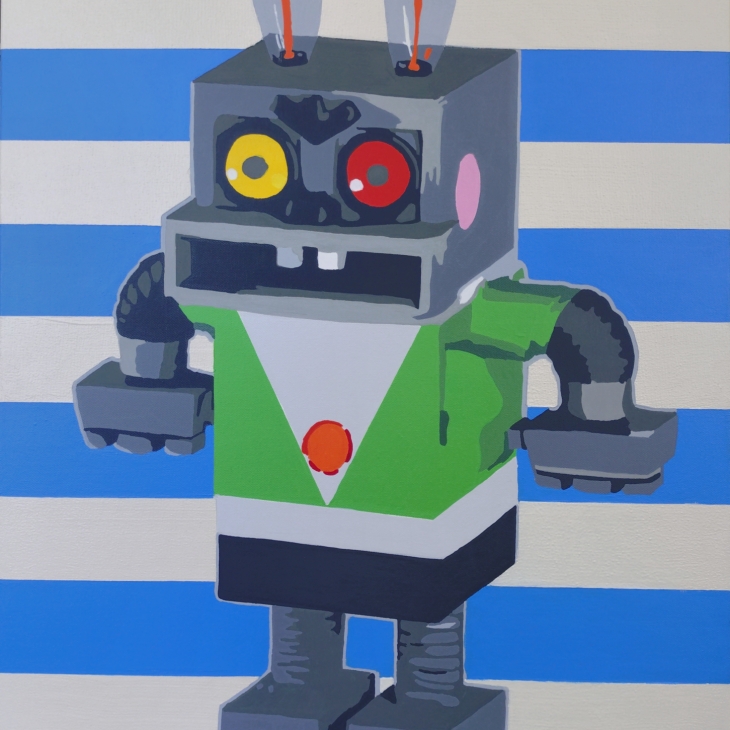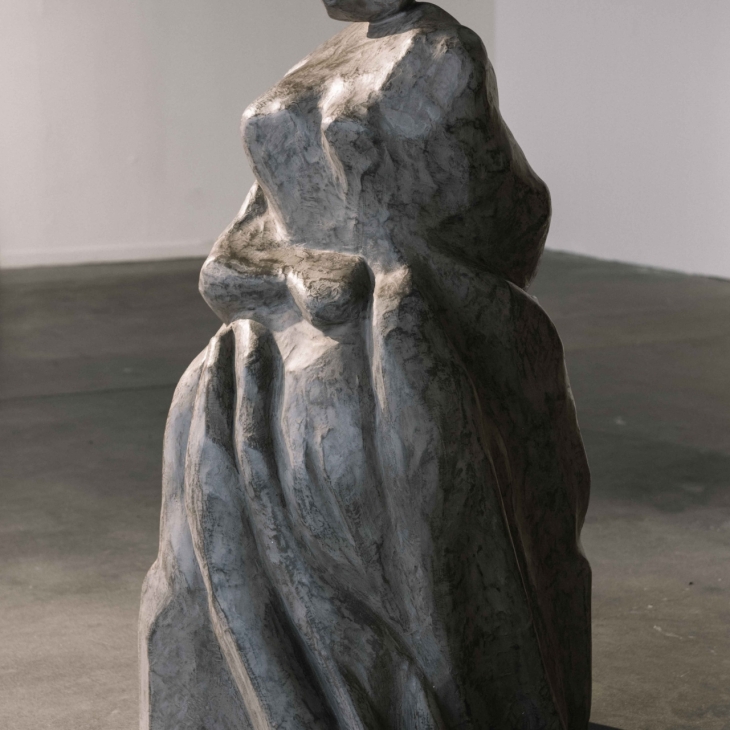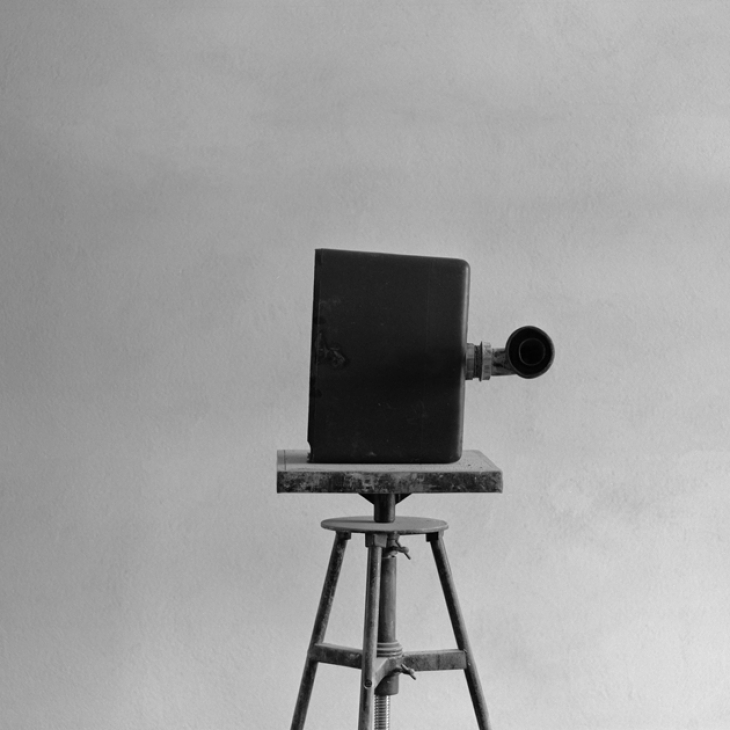(3) items in your cart

Price: €500


Artist Daniel Steegmann Mangrané invites us to question our habits and how we look at the world. He creates environments visitors can experience with all their senses. The exhibition at Kiasma is the largest exhibition of Steegmann Mangrané’s work in the Nordic countries and marks his Finnish debut.

Photo from Kiasma
For Daniel Steegmann Mangrané (b. 1977, Barcelona), the museum is no longer a space for the accumulation of artefacts, isolated from reality. Rather, it should be a place where our relationship with the planet is reconfigured.
Born in Barcelona and based in Rio de Janeiro since 2004, Steegmann Mangrané aims to capture the moment of detachment when the visitors stop engaging with individual works and start to engage with their own presence in the space. To achieve this, he uses light, colour, taste and scent, and plays with size and scale.
The exhibition at Kiasma is an experience for the entire body, not just the eyes. In Orange Oranges, for example, one can squeeze and drink orange juice in a pavilion with translucent, orange-coloured walls. While the smell and taste of oranges are familiar, the limited colour spectrum means that neither the fruit nor the juice look like what we would expect. The boundary between the work and its environment dissolves, as it does in many of Steegmann Mangrané’s works.
The exhibition includes collage, drawing, hologram, installation, moving image, photography, sculpture, sound and poetry.
The fifth floor of the museum is transformed into an immersive installation. A striking element on the top floor galleries is the natural light streaming in from the windows through coloured filters, which makes the exhibition change constantly, according to the outdoor light conditions. The floor is lined with blue carpeting, which denaturalizes and further questions a typical museum space.
Steegmann Mangrané aims to disorient our senses and divert our typical ways of seeing and experiencing. For instance, he is fascinated by phasmids, insects that disguise themselves as part of their habitat. What initially seems to be a branch in the video is, when it starts to move, revealed to be a figure.
Nature and artifice often meet in Steegmann Mangrané’s work. What is man-made and what is natural becomes unclear. For the artist, however, these are not opposites. Humanity is part of nature, it is something we can’t place outside ourselves as if it were merely a backdrop for our necessities. For Steegmann Mangrané, the rainforest – a recurring element in his work – is a metaphor for the interconnectedness of all things.
The exhibition is a collaboration with MACBA – The Barcelona Museum of Contemporary Art.
The exhibition is curated by João Laia, chief curator of temporary exhibitions at Kiasma and Hiuwai Chu, head of exhibitions at MACBA, with Piia Oksanen, curator of temporary exhibitions at Kiasma.
4. and 5. floor
Tickets: with a museum ticket
The retrospective showcases Markus Copper’s exceptional art and his worldview with a selection of work of unprecedented variety and depth. Diving into the human tragedies of our time, the exhibition comprises works that were completed between 1991 and 2018.
Galerii nimi: Kiasma Museum of Contemporary Art
Address: Mannerheiminaukio 2, FIN-00100 Helsinki, Finland
Opening hours: Tue-Fri 10:00 - 20:30 Sat 10:00 - 18:00 Sun 10:00 - 17:00
Open: 31.03.2023 — 10.09.2023
Address: Mannerheiminaukio 2, FIN-00100 Helsinki, Finland
Opening hours: Tue-Fri 10:00 - 20:30 Sat 10:00 - 18:00 Sun 10:00 - 17:00
Ticket info: museum ticket 20 € / 12 € under 18 yr. 0 €
Open: 31.03.2023 — 10.09.2023